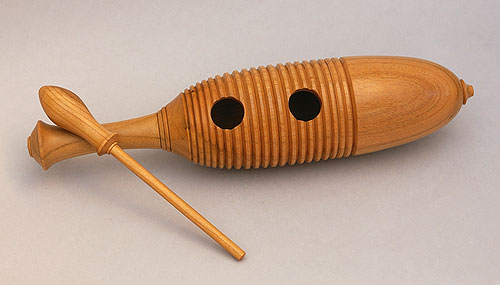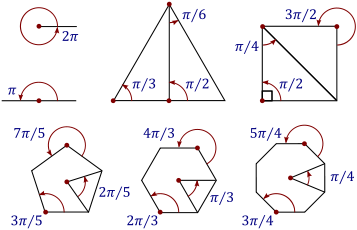I knew you would have some Cycle, Frequency, Wavelength numbers for our Local Fluff, Sirius-UMa Stream, and Ursa Major Moving Group region! Will look through your frequency and wavelength (cycle and distance) figures and see how they fit with mine. Would be interesting to extend the "4.44, 5.93, 7.12, 8.88, 9.6, 11.1, 11.8" Dewey nodes, and "2.96, 1.97, 1.48, 0.99, 0.66 and 0.33 lightyear" figures out to the (covert scale) ~80 lightyears for the Ursa Major Group, and the ~450 lightyears for the Pleiades Group.
I have been working on these numbers (with Walter Cruttenden, Dr. Helen Hwang, and the Sirius Sol discussion group) for a couple of years now, converging our Cycle knowledge from Climate Science, Geophysics, Astrophysics, ArchaeoAstronomy, Anthropology, Musicology -- looking in particular at the evolving 19,000 Year to 432,000 Year cycles from all our world-disciplines, against the backdrop of the multi-million year cycles -- specifically towards resolving a clear portrait of our local 1) Solar 'Serpent' Region, 2) Sirius Supercluster, and 3) Ursa Major Group. [Note: our 'Local Interstellar Cloud' or 'Local Fluff' region around the Sun is NOT the much-touted Local Association which the esoteric astrologers et al like to promote. That 'Local Association' is actually the more distant Pleiades, or Pleiades/Hyades Moving Group, about 400 (covert scale) lightyears distant, about a 150 lightyears in my current revised local distance scale.]
Here is an artist's portrait of the undulating Solar Serpent Stream, or 'Heli-Chorus' Star-Dragon-Filament Group, which I am specifically looking to pin down with actual star names, wavelengths and amplitudes:

and the imagery and discussions summarized here:
http://www.facebook.com/notes/millenniu ... 4656414525
I think my 413,000 Year Cycle measure came out of a recently published genetic development timeline for 'Homo Sapiens Sapiens', which became convenient for me to focus on, as being somewhat median to the 432,000 Vedic Cycle popularization, the 420,000 Year arbitrary approx. I was working with, and the 400,000 Year and 405,000 Year Cycle figures now very widely associated with Milankovitch.
I, obviously, don't have to tell you that all of these cycles, and their harmonics, from the ~20,000 Year, to the ~100,000 Year, to the ~405,000 Year, and Multi-Million Year scale all evolve. (In particular we should be able to 'read off' the evolution of the Sirius-UMa stream separation from the Ursa Major Moving Group from our geophysical, songline, history records; from the bumps, beats, on the Serpent's back!) Specifically, from the perspective of unwinding Serpent-Filament-Star trajectories, I am suggesting that our local Solar Serpent Stream, and the Sirius-UMa stream, and all streams, RedShift. That is the unwinding is in fact an electromagnetic group wave redshift, an expansion of wavelength, an evolutionary reduction in frequency.
Feeling the Filaments, Sounding the Serpent!

More numbers and illustrations shortly!









